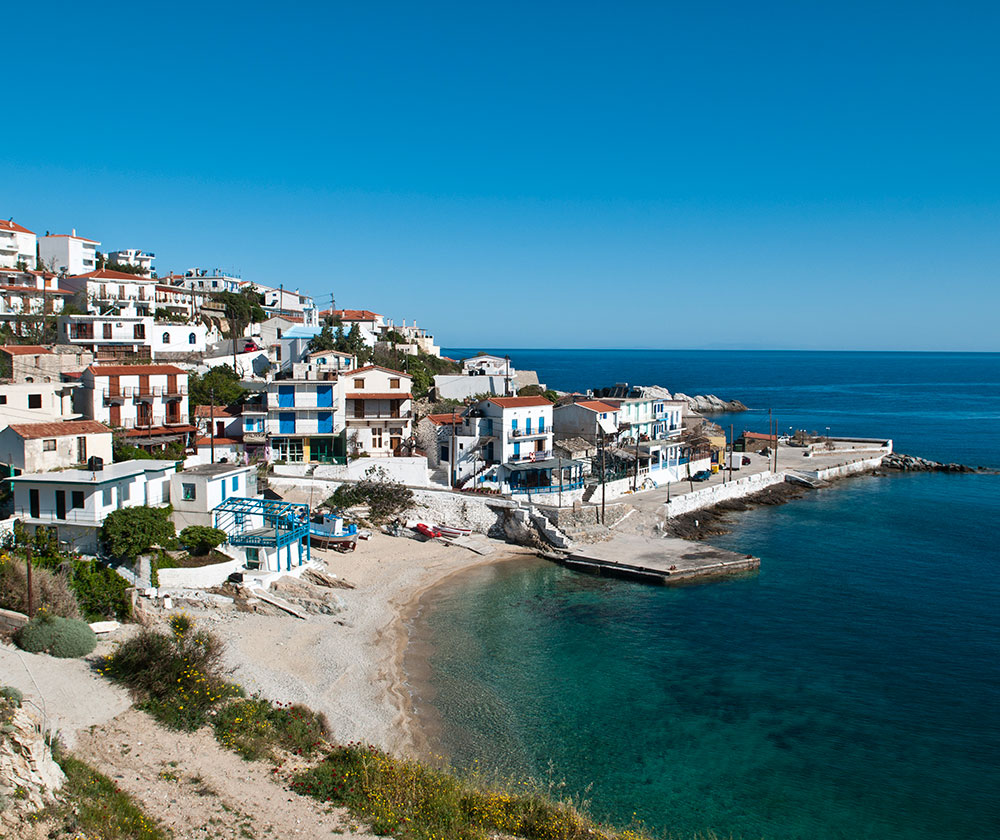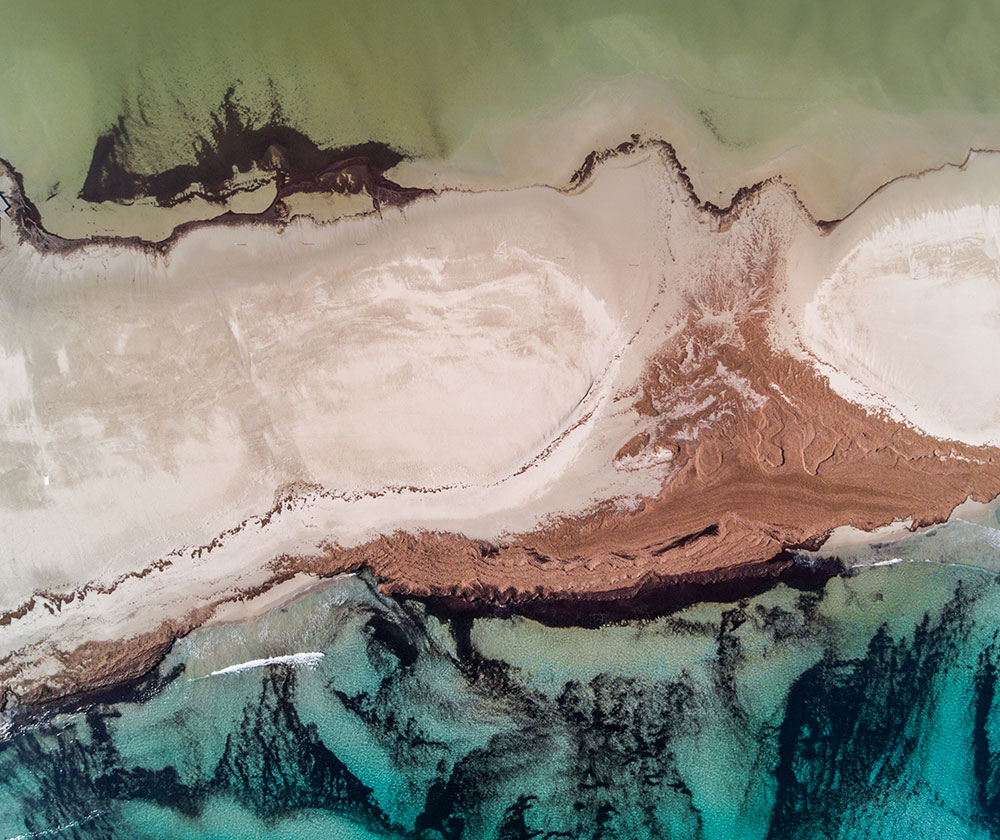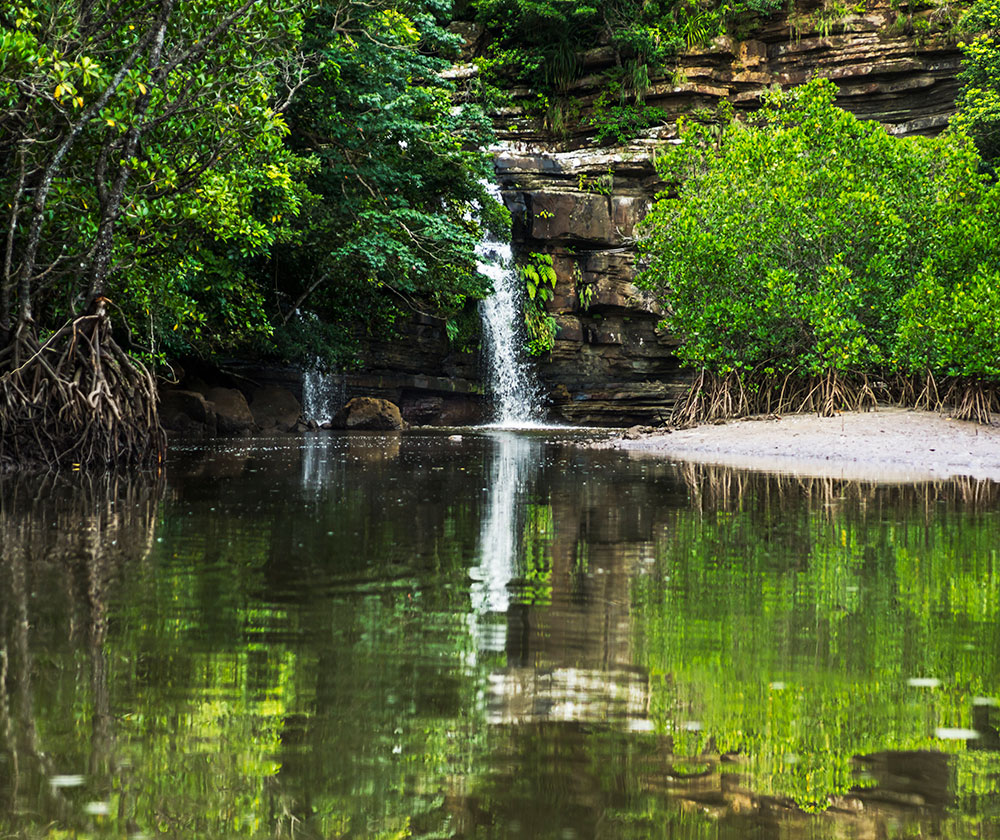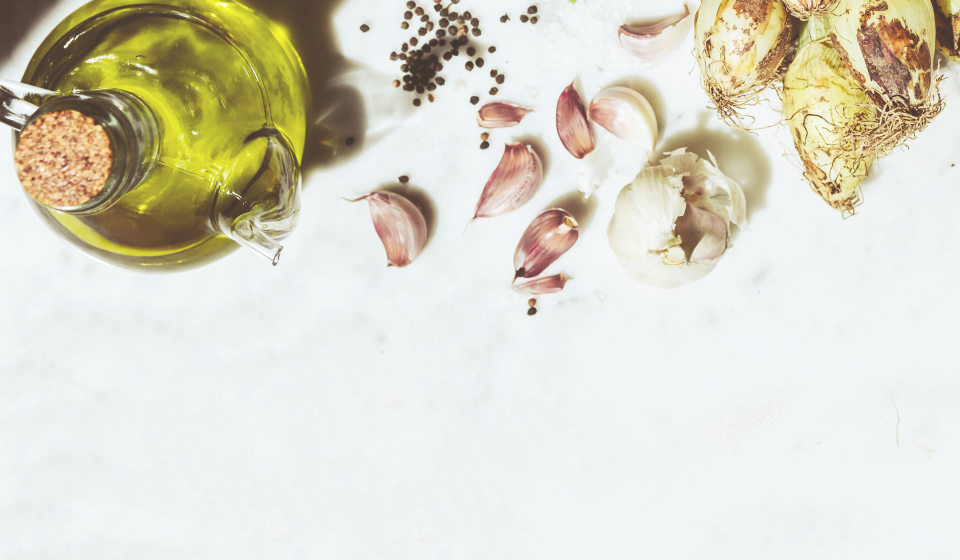Blue Zone #3: Nicoya, Costa Rica

In this peninsula along the Pacific coast of Costa Rica, the elders abide by a “plan de vida,” or “reason to live:” that means maintaining a positive outlook, prioritizing family, and staying active. Nicoyans also enjoy a largely unprocessed, plant-based diet rich in tropical fruits. (1)
Blue Zone #4: Ikaria, Greece

You’re probably well aware that many experts cite a Mediterranean diet as one of the healthiest styles of eating—that means getting your fill of fruits and vegetables, whole grains, legumes, and healthy fats like olive oil. Ikarians are Exhibit A: The residents of this tiny Greek island live, on average, 8 years longer than Americans do. In addition to enjoying this kind of Mediterranean cuisine, it’s also customary in Ikaria to take a mid-afternoon break every day. (1,5)
Blue Zone #5: Loma Linda, California

Did you know that members of this Southern California community tend to outlive the average American by a decade? Interestingly, Loma Linda boasts a large Adventist population—which means there’s an emphasis on a vegan diet and observing a day of rest every weekend. Buettner also notes that many residents of Loma Linda enjoy an active schedule into their 90s, making a point to move their bodies and engage with their communities. (1)
What the Blue Zones have in common
No surprises here—as you may have noticed, some of the lifestyle choices of those who live in Blue Zone regions definitely overlap.
Diet: All five of these regions emphasize an unprocessed diet rich in fruits, legumes, vegetables, and whole grains. There’s also a focus on moderation: Okinawans, for example, abide by a rule to stop eating when they’re 80% full. Other Blue Zone residents save their smallest meal for the end of the day and don’t eat anything else after that. (1)
Exercise: Buettner notes that these communities aren’t hitting the gym for hours or running marathons—instead, they incorporate moderate activity (like walking or gardening) into their daily routines.
Alcohol: …in moderation, of course. With the exception of Adventists in Loma Linda, Blue Zone residents enjoy alcohol on a regular basis—sake in Okinawa, and wine in Ikaria and Sardinia.
Taking a breather: Scientists have drawn a definite link between stress and a negative impact on longevity. But one thing Blue Zone residents have in common is a regular outlet to mitigate this stress—whether that’s taking a nap, imbibing with friends, or practicing faith. (6)
Friendship: It’s no coincidence that Blue Zone residents all place a premium on community and prioritizing their loved ones. Beyond the psychological and emotional benefits of having a support system in place, surrounding yourself with like-minded friends can help reinforce healthy habits. (7)
References:
- Buettner, Dan, and Sam Skemp. “Blue Zones.” American Journal of Lifestyle Medicine, vol. 10, no. 5, July 2016, pp. 318–321., doi:10.1177/1559827616637066.
- Around the Globe, Women Outlive Men. (n.d.). Retrieved from Population Reference Bureau
- Fernandes, I., Pérez-Gregorio, R., Soares, S., Mateus, N., & Freitas, V. D. (2017). Wine Flavonoids in Health… Molecules, 22(2), 292. doi: 10.3390/molecules22020292
- Rico-Uribe, L. A. (2018). Association of loneliness… A meta-analysis. PLOS One. doi: 10.1371/journal.pone.0190033
- Martinez-Gonzalez, M. A., & Martin-Calvo, N. (2016). Mediterranean diet and… beyond olive oil, fruits, and vegetables. Current Opinion in Clinical Nutrition and Metabolic Care, 19(6), 401–407. doi: 10.1097/mco.0000000000000316
- “Affective reactivity…Findings from the National Study of Daily Experiences”: Correction to Chiang et al. (2018). (2019). Health Psychology, 38(8), 758–758. doi: 10.1037/hea0000756
- The health benefits of good friends. (2019, August 24). Retrieved from Mayo Clinic















